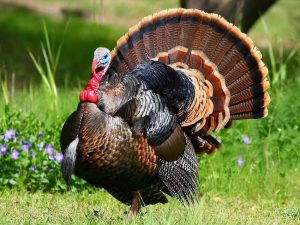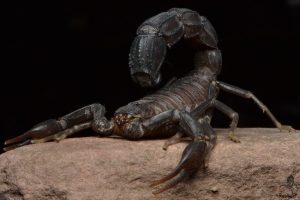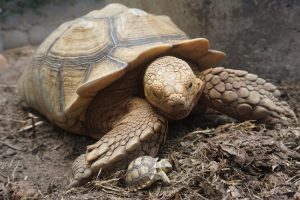Iguanas, also known as American Dragons, are one of the most popular reptiles kept as pets worldwide. They are loved not only for their unique appearance but also for their special temperament. This article will explore the diverse aspects of the Iguana, including its origin, behavior, habitat, and how to care for them as indoor pets. For anyone interested in learning more about this fascinating reptile, let’s dive into the world of the Iguana with Know All Animals.
Scientific Classification
- Kingdom: Animalia
- Phylum: Chordata
- Class: Sauropsida
- Order: Squamata
- Suborder: Iguania
- Family: Iguanidae
- Genus: Iguana
- Green Iguana: 30–42 cm (12–16.5 inches) long, weighs 4 kg (8.8 lbs)
- Marine Iguana: 60–100 cm (24–39 inches) long, weighs 0.5–1.5 kg (1.1–3.3 lbs)
- Blue Iguana: 51–76 cm (20–30 inches) long, weighs 14 kg (31 lbs)
1. Origin and Classification of Iguanas
The origin of the American Dragon, or Iguana, is a fascinating subject for animal lovers around the world. Iguanas belong to the family Iguanidae and have a very complex classification history. Considered a common lizard in the tropical regions of Central and South America, the Iguana has evolved into many species and subspecies, adapting to the diverse habitats they occupy.
Iguanas are widely distributed from Mexico to Brazil and the Caribbean, creating an expansive ecological range. Each species has adapted with unique biological features to optimize its survival in its specific environment. Although they share many basic clinical characteristics, such as having four strong legs and a long tongue, each species possesses notable differences.
- The Green Iguana (Iguana iguana) is perhaps the most famous species, often found in humid tropical forests from countries like Brazil and Paraguay up to northern Mexico. This iguana can reach a length of up to 2 meters, with a long, flexible tail that helps it swim and defend itself effectively. Unlike many other lizards, the Green Iguana is primarily a herbivore, preferring to eat delicious young leaves.
- In contrast, the Lesser Antillean Iguana (Iguana delicatissima) inhabits several islands in the Caribbean and is typically darker in color and smaller in size than the Green Iguana. This species is facing the threat of extinction due to habitat loss and competition with invasive alien species.
These differences are created by the process of natural evolution, where the environment plays a decisive role in shaping an organism’s behavior and morphology. The diversity in species and size of iguanas is not only an example of extraordinary adaptability but also a testament to the biodiversity that exists on Earth. In each of their different habitats, from tropical rainforests to marine islands, iguanas have demonstrated intelligence through their ability to adapt. Research on them can provide new insights into survival and evolution in the wild.
If you are curious and want to learn 10 fascinating facts about American Dragons, you can click here. This will not only expand your knowledge about iguanas but also allow you to delve deeper into the rich world of this remarkable reptile.
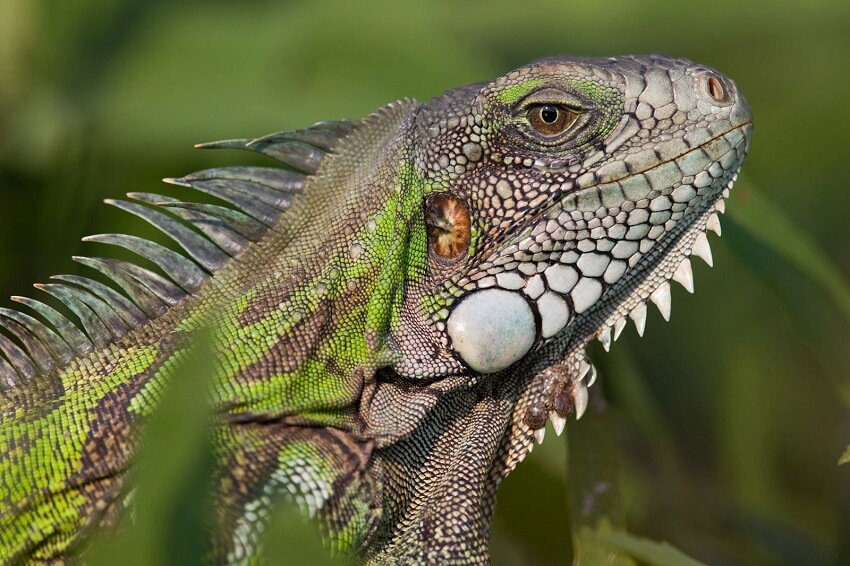
2. Iguana Behavior and Habits
Iguanas are a remarkable animal, not only for their impressive appearance but also for their unique habits and behavior. These traits reflect their lifestyle and how they adapt to their surroundings.
Iguanas are primarily diurnal animals, meaning they are active during the daytime. They often spend most of the day basking in the sun, as sunlight helps them regulate their body temperature and improves their health by stimulating Vitamin D synthesis. In the wild, iguanas typically choose high tree branches to enjoy the sun. This not only helps them maintain a suitable temperature but also keeps them safe from predators.
An iguana’s ability to climb and live in trees not only helps it find food but also helps it escape danger. When faced with a threat, an iguana can jump to the ground from a considerable height to get away safely. This is one of their effective survival strategies.
Iguanas have a diet that consists mainly of plants. They are able to digest various types of leaves, flowers, and fruits, playing an important role in the ecosystem by helping to spread seeds. This allows them to adapt to many different environments while also limiting direct competition with other carnivorous animals.
The social interaction of iguanas is also quite interesting. They use body language and head movements to communicate with each other. For example, an iguana might bob its head as a way to mark its territory or to attract the attention of a female during the breeding season. Additionally, changes in their skin color under different lighting are another way iguanas express their emotions or health status.
These behavioral characteristics show that iguanas are not just exotic-looking creatures. Through their habits and interactions with the environment, they offer a deeper look into the diversity and complexity of the American Dragon in the wild. As part of this journey of discovery, the next section will delve into the iguana’s natural habitat to learn more about this species’ importance in the ecosystem.
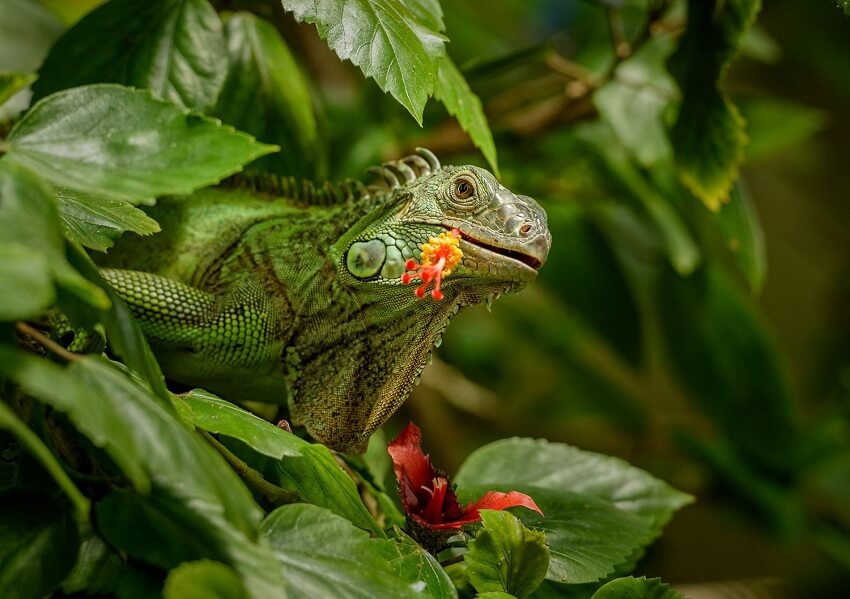
3. The Natural Habitat of the Iguana
The iguana, also known as the American Dragon, is a tropical reptile famous for its impressive appearance and unique ecological role. In the wild, iguanas are primarily found in the tropical regions of Central and South America, from the humid rainforests of the Amazon to the drier coastal areas and open savannas. They often live hidden in tree canopies, which provide both food and protection from predators.
The tropical climate not only provides the heat that iguanas need to regulate their body temperature but also allows the plants and insects—their main food sources—to flourish. Because of this, the distribution of iguanas is often tied to areas with dense vegetation and abundant water, especially in regions with high humidity. However, some iguana species have also adapted to live in drier environments, where they use the shelter of rock crevices and dead tree trunks.
In the ecosystem, iguanas play an important role, not only as a food source for larger predators but also as crucial seed dispersers. By eating fruits and plants, they help plant seeds, which ensures that the forests can grow naturally and that biodiversity is maintained. Their existence is often an important indicator of the health of a specific ecosystem.
However, climate change is posing many challenges to the iguana’s natural habitat. The rise in temperature and changes in rainfall can disrupt their balanced environment, affecting their food sources and safe shelters. This can lead to local extinctions and a decline in the wild iguana population. Urban development and unsustainable resource extraction are also additional factors that are shrinking the living space of this species.
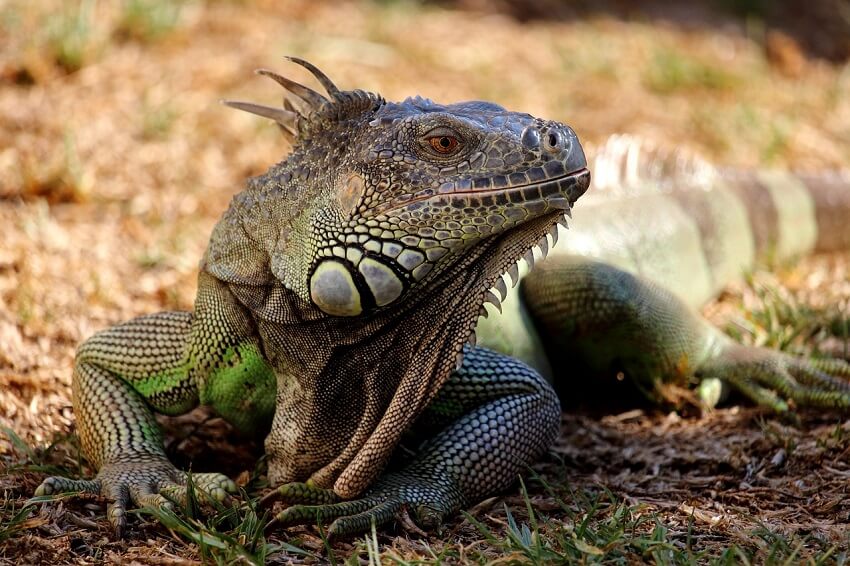
4. Caring for a Pet Iguana
Caring for an iguana (American Dragon) at home requires some specialized knowledge to maintain its living environment, nutrition, and health. To begin, you need to create a suitable living space that closely mimics their wild environment. This includes preparing a terrarium that is large enough for your iguana to move around comfortably, as they can grow to be quite large as adults.
4.1. Temperature and Humidity
A key factor in iguana care is providing the right temperature and humidity. The ideal temperature for an iguana’s enclosure should range from 26 to 35 degrees C (79-95 degrees F) during the day, with a basking spot for them to warm up. At night, the temperature should drop but not fall below 18 degrees C (65 degrees F). You must use a UVB lamp, as this light is essential for synthesizing Vitamin D3, which helps iguanas absorb calcium effectively and prevents metabolic bone disease.
Humidity is also very important. They typically need a humidity level of 60% to 80% to keep their skin soft and to help with shedding. You can use a humidifier or regularly mist the enclosure to maintain the necessary humidity.
4.2. Diet
Besides their living environment, proper nutrition is essential for an iguana’s health. Their diet should consist mainly of plant matter, with leafy greens like Romaine lettuce, kale, and dandelion greens. Additionally, supplementing with fruits like mango, apple, and peas can provide extra vitamins and minerals. Avoid feeding your iguana foods with high levels of oxalate, such as spinach, as this can interfere with calcium absorption.
4.3. Disease Prevention
With proper care, you also need to focus on preventing diseases. Regular vaccinations and health check-ups with a veterinarian who specializes in reptiles are essential. Also, pay close attention to your iguana’s behavior and appearance to spot early signs of illness, such as a loss of energy, a refusal to eat, or unusual skin conditions.
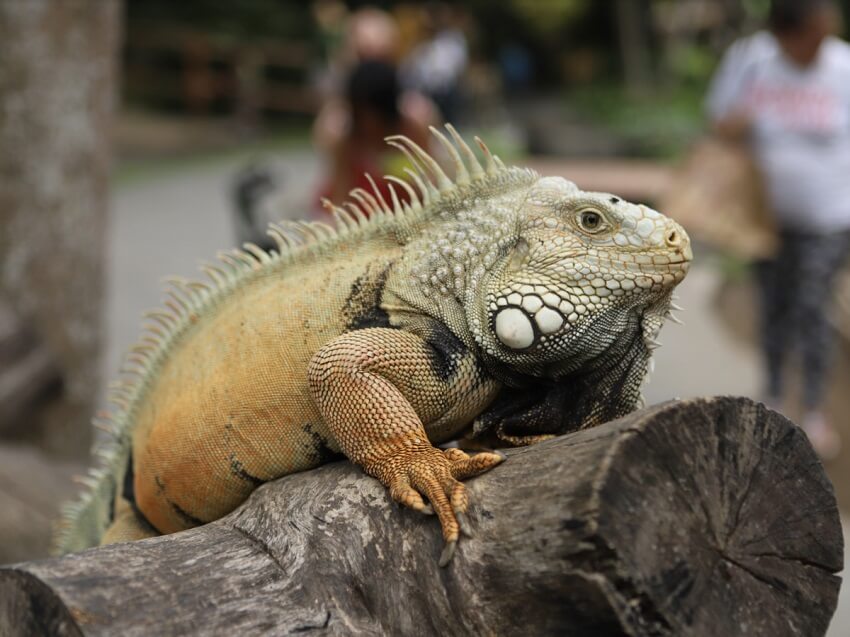
5. FAQ – Frequently Asked Questions
Are iguanas dangerous to humans?
No, iguanas are not venomous and are generally gentle with people. However, they may bite if they feel extremely threatened or cornered.
What is an iguana’s primary diet?
Iguanas are herbivores, primarily eating plants such as leaves, fruits, and flowers.
Do I need to provide artificial heat for an indoor iguana?
Yes, iguanas need warm temperatures to digest food properly, so the temperature in their enclosure must be carefully controlled.
What is the average lifespan of an iguana?
Under proper care, an iguana can live from 12 to 20 years.
Iguanas are often an underestimated reptile, yet they hold great biological and cultural significance. Caring for an iguana isn’t just about owning a pet; it’s also an opportunity to learn about a fascinating part of Earth’s ecosystem. A deep understanding of an iguana’s origin, habits, and living requirements not only helps us care for them better but also increases our awareness of conservation and the protection of their natural environment.
References: https://en.wikipedia.org/wiki/Iguana

